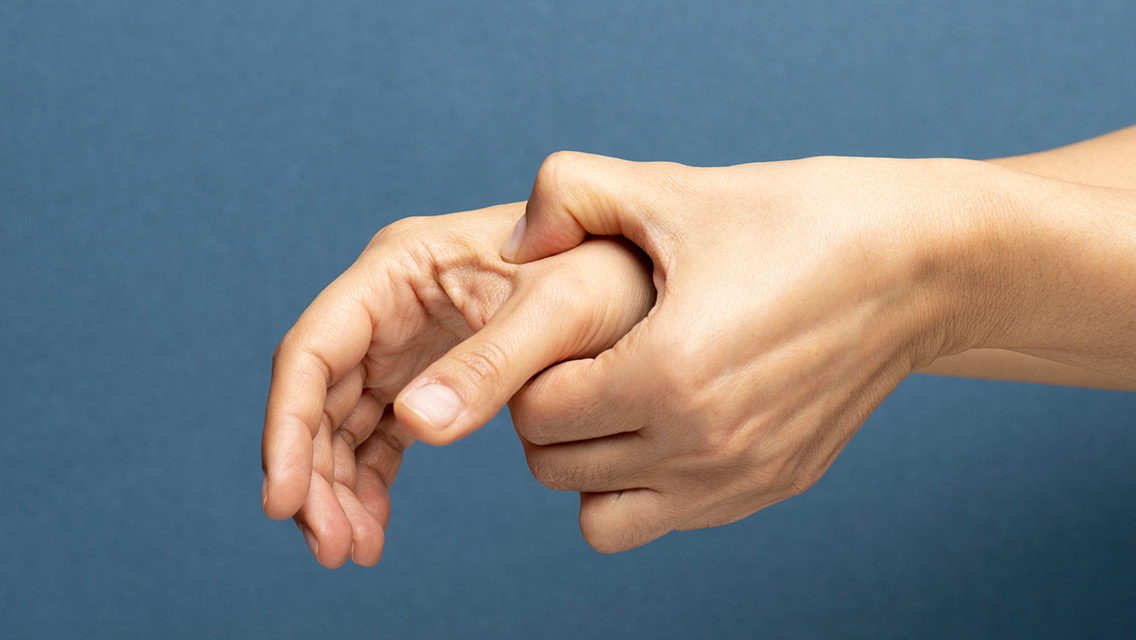Botox can reduce the appearance of fine lines and wrinkles, but it’s also an FDA-approved medical treatment for a variety of conditions, including excessive sweating, neck spasms, overactive bladder, and migraine.
No matter how it’s used, the mechanism behind the injectable is the same: “Botox is a neurotoxin that inhibits the release of acetylcholine, a neurotransmitter that causes contraction of muscle,” says Gretchen Frieling, MD, a dermatopathologist in Wellesley, Mass. When it’s injected into muscle, Botox — as well as Dysport and other botulinum toxin A brands — work by blocking the chemical signals that cause muscles to contract. Depending on the dose, it temporarily relaxes or paralyzes muscles, Frieling explains.
Applied cosmetically in the face, Botox treatments can result in softening of fine lines as well as diminished movement of the facial muscles.
When it’s used to treat migraine headaches, a greater dose of Botox is required to cover a much wider area. According to neurologist Andrew Blumenfeld, MD, director of the Los Angeles Headache Center, the common Botox protocol for chronic migraine includes injections in 31 sites across the muscles of the forehead, temples, back of the head, neck, and upper body — specifically the trapezius muscles, the large, triangular muscles located in the upper back.
In Search of Relief
So, if Botox that’s used for migraine relief essentially paralyzes (or causes paralysis to) treated muscles, is there a risk that your upper-body muscles could become frozen and weakened, affecting your strength? Not likely.
With this protocol, “you’re not knocking out the entire muscle — it would take a lot of neurotoxin to do that,” Frieling says. Moreover, as Blumenfeld explains, Botox injections for migraine aim to interrupt signals from pain fibers, which are more superficial, so injections do not travel deep into the muscle.
It’s also worth noting that not all Botox-for-migraine treatments require injecting the upper-body muscles.
“There is a protocol for migraine,” says William J. Binder, MD, a facial plastic and reconstructive surgeon in Beverly Hills. Though he notes that over time, those experienced in the use of Botox for migraine headaches have learned to customize treatments to meet the individual needs of patients. This has improved results.
Binder was the lead author on the initial published research that paved the way for the 2010 FDA approval of Botox for chronic migraine.
Beyond Botox
If you are one of the more than 39 million Americans who live with migraine — or if you experience severe or chronic headaches that may not be diagnosed as migraine — Botox could be a promising option for relief. But it’s not the only path available.
To begin with, experts stress the importance of analyzing muscle imbalances and hyperactivity throughout the body and correcting underlying mechanics that could contribute to chronic head pain, says Reza Alizadeh, DC, founder of LifeClinic Chiropractic and Rehabilitation. This can be done through soft-tissue techniques and spinal manipulative therapy. “I prefer to take a conservative approach and recommend people see someone who knows tissue work and understands the biomechanics of movement,” he says.
No matter the treatment approach you choose, exercise can help with headache and migraine management, says Alizadeh. This is paradoxical because exercise can also trigger migraine headaches. Physical activity raises beta-endorphin and endocannabinoid levels, which can affect pain transmission; it may also downregulate other pain pathways, according to a study in the Journal of Headache and Pain.
Cardio and yoga have been specifically recommended to reduce migraine frequency, duration, and intensity and to improve quality of life. Strength training has been found to reduce migraine episodes too. Researchers think that strengthening the neck and shoulders may help quell pain in these areas — an important consideration, given that new research has shown a direct correlation between neck pain and migraine.
Additionally, deep breathing, meditation, acupuncture, and certain supplements — riboflavin (vitamin B2), magnesium, butterbur, and coenzyme Q10 (CoQ10) — have been shown to help alleviate symptoms and diminish the frequency of headaches. (Learn more about how to naturally treat and prevent headaches, including migraine, at “Natural Ways to Treat and Prevent Headaches.”)
Botox for Nonmigraine Headaches
Botox is not FDA approved for treating nonmigraine headaches, but a systematic review and meta-analysis of 11 studies, published in Cephalalgia in 2023, suggests that the treatment can reduce headache intensity, frequency, duration, and pain-medication use in people who have chronic tension headaches (more than 15 days per month for more than three months).
Anecdotally, patients also report that cosmetic injections in smaller doses into the muscles of the forehead help alleviate some of their head pain, says facial plastic surgeon Mark M. Hamilton, MD, chair of the public information committee at the American Academy of Facial Plastic and Reconstructive Surgery. “A side benefit of this is that migraines will often be less frequent and less intense.”






This Post Has 0 Comments